IMPORTANT: WE HAVE MOVED!
CLICK HERE FOR OUR NEW SITE!
With the overturn of Roe v Wade in the States, discussions on the regression of female rights once again resurface. While I am not familiar with the situation in the West, I have been thinking about Chinese women from over a thousand years ago and how they were remarkably progressive even by today’s definition.
I binge-watched two Northern Song dynasty drama (10th-12th century)while recuperating from COVID infection— A Dream of Splendour featuring the gorgeous Liu Yifei (mostly known to the Western audience as the actress of Mulan), and The Story of Minglan. It set me thinking about women, our marriage rights and protections, and if female rights have been progressive or regressive.
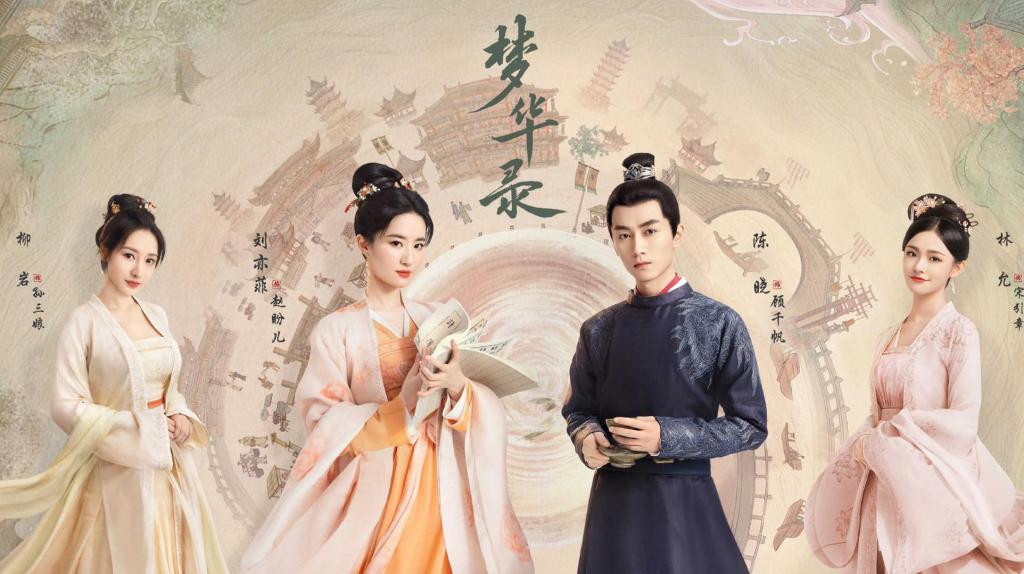
FROM TANG TO SONG, WOMEN’S RIGHTS IN MARRIAGE
UNILATERAL DIVORCE BY MEN: SEVEN REASONS TO AND THREE REASONS NOT TO
It might surprise you to find out that divorce was actually legally and socially possible for women over a thousand years ago in the Chinese society. While men still had the upper hand in a marriage, the law offered certain protection for women as well (especially when compared to the last 800 years, women who lived over 800 years ago had it much better).
For instance, while men were allowed to unilaterally divorce their wives if their wives infringed on any of the 7 reasons (these reasons were formally accepted as part of the law in the Tang period though it originated from over 2,000 years ago) :
- Child/Son-less (Chinese were huge on child-bearing to continue the family lineage)
- Adultery
- Not cordial or obedient to the parents of the men
- Gossipy
- Theft
- Jealousy (including disallowing the husband from having concubines)
- Having a virulent disease

The legendary ‘sage’ Mencius from some 2,500 years ago almost divorced his wife for her poor sitting posture! So he complaint to his mother about his wife sitting with crossed legs instead of kneeling down, and he found it incredibly rude and had the urge to divorce her as a result (oh my god… I know…). His mother, being a much more sane person, told him off for barging into the room without sounding out his wife, and intruding into her private moment unannounced and pointed out that Mencius was the rude one instead. Mencius, realising his stupidity, was overwhelmed with shame and never mentioned the divorce again.
HOWEVER, the men CANNOT divorce their wives if she fulfilled any of the 3 exceptions:
- She doesn’t have her own family to return to after the divorce
- Observed 3 full years of mourning period for her in-laws (the man’s parents)
- She went through thick and thin with the man, from rags to riches

We saw how easily women were abandoned by their husbands in the show A Dream of Splendour, with San Niang, one of the female protagonists which should not have been the case in the Song Dynasty as the period before (the Tang Dynasty) had already a properly legislated law on unilateral divorce by the husband.
UNILATERAL DIVORCE BY WOMEN
If you think men were ridiculous and could come up with all sorts of excuse to get out of a marriage, women of the period didn’t let their social disadvantage stop them from doing similar things as well. The most amusing reason for divorce cited by a woman during the Song Dynasty, was that her husband was too ugly!
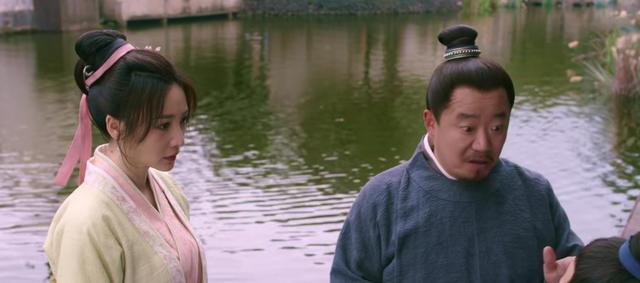
Of course there were many other much more legitimate reasons such as husband not returning home for over 3 years, husband having an affair, husband got too busy/obsessed with other pursuits in life and neglected the wife, husband’s family members or relatives tried to sexually harass/violate the wife etc.
Essentially, the Chinese legislators/society at that point believed that if two people were not happy together, there was no point in forcibly keeping them together. Which, on hindsight, was pretty advanced and enlightened even by today’s standard!
This was clearly displayed in The Story of Minglan when her relative requested for divorce with her husband who was really quite a bum. From the show, you could also see that the dowry which were brought to the marriage by women, remained the property of the women and she had rights to them after divorce. Marriage laws in ancient Chinese were pretty well-developed.
MARRYING A DIVORCÉE
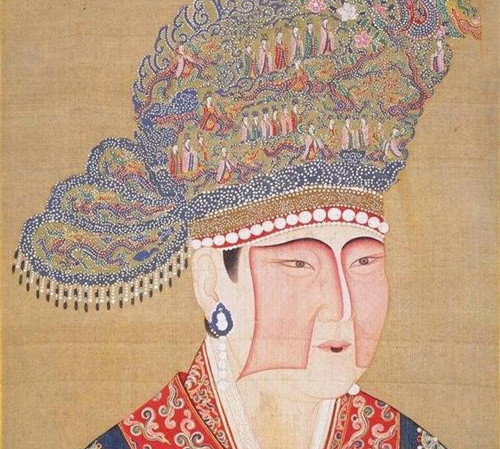
And it was perfectly acceptable for divorced women to remarry. There was a famous empress who remarried the emperor when he was a prince after she divorced! So no, the British monarchy was not the first nor will they be the last to marry a divorcée, although it’s interesting that it still was such a big deal even in the 21st century.
What was more amazing than Empress Liu’s identity as a divorcé who married a prince who later became the emperor was that she was also a courtesan/singing girl! That makes her somewhat similar to Eva Perón. I must clarify that courtesans in ancient China were not prostitutes in that sex was not part of the deal, though they were free to have sex with their clients or whoever they fancy (similar to the Geisha). Courtesans were skilled artists who sold their companionship and time to patrons with their performances.
COURTESAN IN LITERATURE: THEN AND NOW
So what’s the big deal about A Dream of Splendour? It was based on a Yuan dynasty (13th century Mongolian rule of China lead by Genghis Khan’s troops) theatre script of a courtesan by the name of Zhao Pan’er and how she used her wit and courage to save her fellow courtesan from an abusive marriage. The content from this script formed the basis of the storyline for the first 8 episodes of A Dream of Splendour, and the modern playwright continued developing the content for the subsequent 32 episodes.

While the original script 700 years ago was meant to give an empowering voice to the courtesans who were of the lowest social status (even though many of them were of exceptional artistic talent and admired by literati and royalties alike, but they faced systemic discrimination), the modern adaptation revealed just how backward our society has been after all these years.
In A Dream of Splendour, the main female protagonist who was supposed to be a courtesan, was ‘whitewashed’ into being the daughter of a famous general who offended the emperor. And there was this part where she proclaimed to the male protagonist that she was a virgin and this topic of her being no longer of slave caste and an entertainer who ‘sells her smile and beauty’ kept coming up as a redeeming and admirable quality. It was problematic for me because it perpetuates the elitism and narrow definition of an admirable woman.
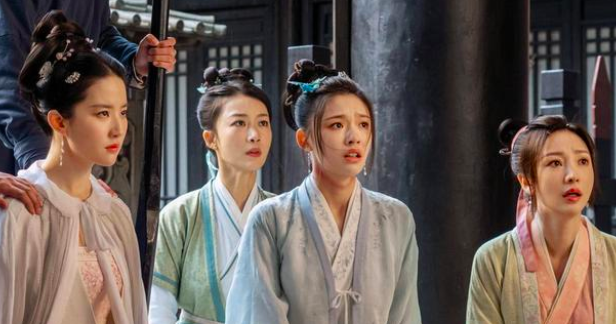
That being said, I do appreciate the show’s effort in having positive reinforcement for female friendship and community building in that unlike many tens and thousands of dramas where women were pit against each other and did lots of nasty things to sabotage each other, this show has none of that at all. In fact, women looked out for one another so much that the only villains were men. LOL. So it kind of lived up to its tagline/hashtag/selling point of girls help girls. The irony is, however, in the 21st century, we’re still just coming around to this idea of girls helping girls when that has been done in a script 700 years ago.
So… I have nothing to say except to emphasise the importance of studying history because it always repeats.
YAY OR NAY?
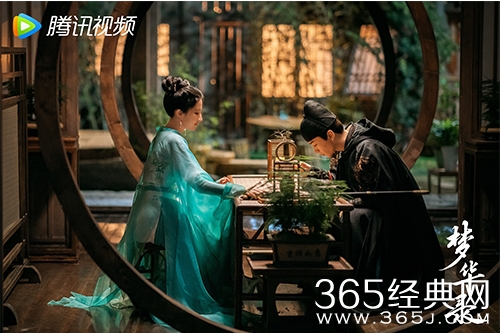
I’m not a typical TV drama person, but COVID made me one. I love the sets in the show, the costumes are hits and misses (some of them could be a bit cringy but I think it’s an improvement from the typical period drama cliche costumes). I personally preferred the first 8 episodes the best (and it showed the brilliance of the original writer who lived 700 years ago), and it got a bit draggy later on. But there are definitely some interesting moments later on relating to women in commerce in ancient China, and the economic prosperity of the 11th century Chinese capital.
So I would say, if you’ve got some spare time, it’ll be a fun show to watch!
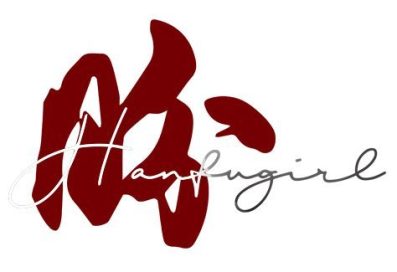
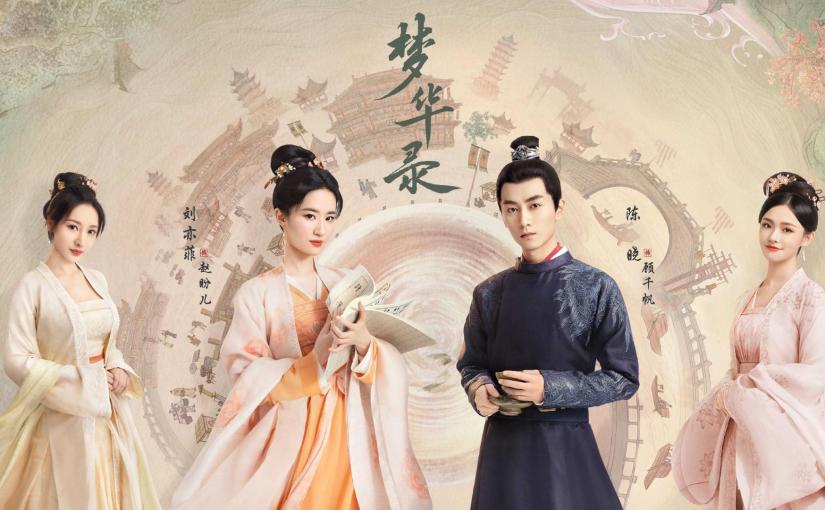
Thank you for this article. It is really interesting.
LikeLike